Seaweed has long been used to help plant growth, especially before the advent of commercial fertilizer production. It provides many benefits to plants above and beyond conventional fertilizers to promote stronger, healthier plants. When plants are stronger and healthier they are better able to withstand environmental stresses such as drought, salinity, insect pests, and diseases. Without a doubt, it’s a product that most gardeners should incorporate into their repertoire.
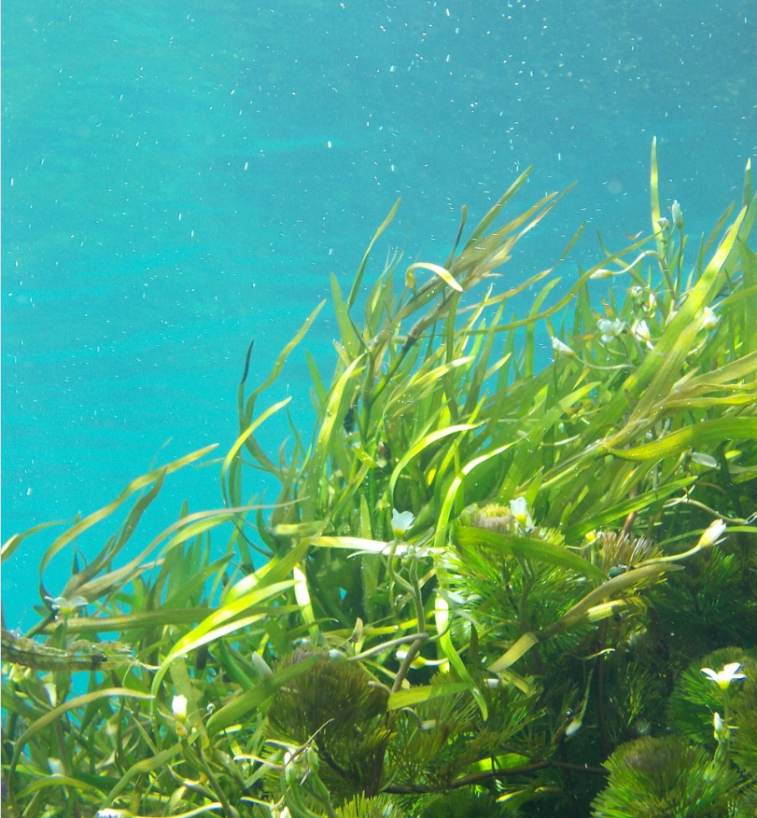
What is liquid seaweed fertilizer
Liquid seaweed fertilizer is simply what its name suggests: a fertilizer that has been derived from natural seaweed sources. Seaweed is collected, some of the saltwater rinsed away and then allowed to decompose or ferment in water until the plant material is broken down into a liquid or slurry.
Seaweeds - especially kelp, a large brown seaweed - and liquid seaweed extract have been used for many years as fertilizers in commercial crop production because of their positive effect on plant growth and yield. As the trend towards using sustainable products increases, these products are gaining more popularity both commercially and in home gardens to meet plant demands. Known as biofertilizers, or biostimulants, they offer many benefits over conventional fertilizers.
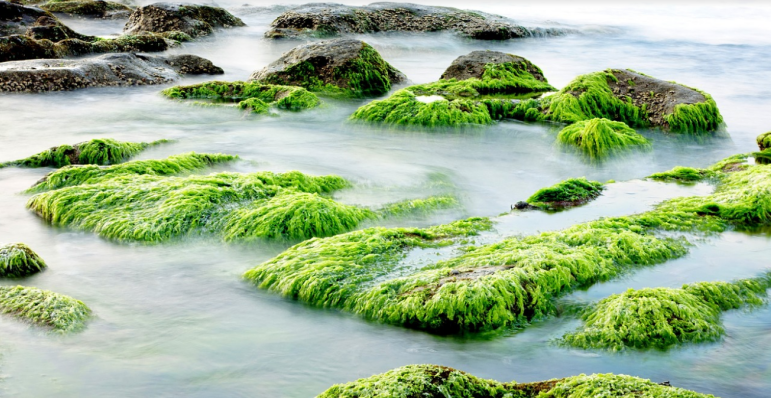
Biostimulants Explained
In 1997 (1), the term biostimulant was defined in agriculture, designating biostimulants as “materials, other than fertilizers that promote plant growth when applied in small quantities”. So, biostimulants are natural products, besides fertilizers that help plants grow better.
Since that time there has been an increased awareness of the impacts fertilizers have on the environment and the intent to use sustainable practices. This means people are opting to implement responsible interactions with the environment to avoid the degradation or depletion of natural resources to aid in long-term environmental quality. Because of this, there is an increasing demand for biostimulants as sustainable solutions in agriculture and even gardening.
There are a handful of different classifications of biostimulants; seaweed and kelp products are classified as such because they “contain substance(s) and/or microorganisms whose function when applied to plants or the rhizosphere is to stimulate natural processes to enhance/benefit nutrient uptake, nutrient efficiency, tolerance to abiotic stress, and crop quality”(2).
Benefits
Seaweed products are different than traditional fertilizers in a couple of critical ways.
● First off, their production methods have environmental benefits over conventional fertilizers.
● Secondly, while they contain nutrients, although it may be in lesser amounts, they also garner many benefits that aren’t seen with the application of conventional fertilizers.

Specifically, their benefits are seen in the following aspects:
Sustainability: Seaweed is a renewable resource, that can be easily harvested. This means there are no associated environmentally damaging harvest methods. Seaweed can be sustainably harvested from many oceanic locations. The manufacturing of liquid seaweed fertilizer entails fermentation, without the need for additional chemicals or other processes. This means no dangerous chemicals to dispose of or greenhouse gases emitted during manufacturing.
Organic classification: As a completely natural product with no additional, synthetically-created components seaweeds fertilizers are certified as organic fertilizers. To meet this certification, and qualify to be on the OMRI list, products must meet strict regulations for organic products and processing.
Reduced leaching: Leaching is when nutrients are pushed down through the soil out of the root zone where plants can access them; it happens via water from irrigation or rainfall and is a major problem when growing plants. Beneficial microorganisms found in seaweed fertilizers exude “sticky” substances that bind available nutrients to soil particles in the root zone. This keeps nutrients attached to the soil particles instead of leaching into the deeper soil layers where they are unavailable for plant uptake.
More efficient nutrient uptake: Due to the manufacturing process all of the nutrients found in seaweed or kelp products are in forms that can quickly be absorbed by plants. This isn’t the case with other fertilizers. Some fertilizers can also only be applied via soil applications. Liquid seaweed fertilizers can be applied through a foliar application, increasing the efficiency of nutrient uptake.
Strengthened plant defenses: Any time a plant is exposed to something that stresses it, whether it be lack of water, huge temperature variations, or problems with insects or diseases, the overall plant health is affected. In turn, the plant is more susceptible to other problems – similar to when your body is overtired making you more susceptible to injury or sickness. Seaweed fertilizers help in numerous ways to strengthen plant defenses, making them healthier and more vigorous. Kind of like boosting their immune system.
Improved soil conditions: Seaweed contains alginate, a structural part of cell walls that gives seaweed flexibility, allowing it to withstand tidal forces. When alginic acid is applied to soils it acts as a soil conditioner, helping to improve the soil. Salts from the alginic acid combine with metal molecules in the soil to form bigger, heavier molecules. These molecules then attach to soil particles, binding them together to improve the soil structure. This results in better water and air movement through the soil.
Overall liquid seaweed fertilizers increase both the plant and soil health to create a more advantageous way to grow plants. Due to these added benefits not only does the plant receive the nutrients it needs, but plant defenses against pests and diseases are naturally increased, and the soil is improved.
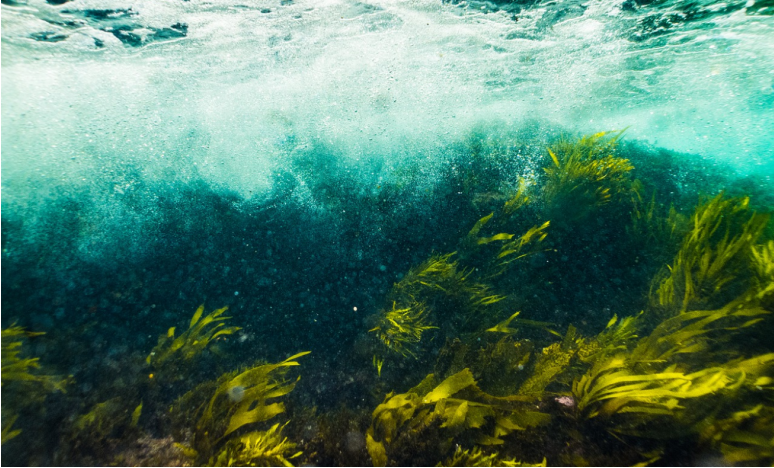
Components of liquid seaweed fertilizer
The extra benefits observed when using a liquid kelp fertilizer arise from the makeup of the product itself. During the decomposition or fermentation of the seaweed, many natural components are released that aren’t found in regular fertilizers. These components are commonly known as plant growth regulators.
A broad spectrum of nutrients. As a marine-based product, kelp contains almost all of the elements found on the periodic table, providing plants with a full spectrum of the nutrients they need. Plants are supplied with macronutrients, micronutrients, and a variety of trace elements as well, to meet all of their nutritional needs.
The N-P-K value on seaweed products is lower than your traditional plant food, but this isn’t problematic. The nutrients found in these products are all readily available for uptake and are less prone to leaching because of the microorganisms found in seaweed fertilizers.
The potassium found in organic products helps to increase a plant’s overall hardiness to withstand drought, cold temperatures, and salinity and guard against diseases and pathogens.
● Potassium helps to regulate stomatal opening/closing under drought stress to direct respiration and transpiration rates, minimizing water loss from the leaves.
● Potassium activates the plant’s antioxidant system under cold stress to prevent damage or rupturing of the cells.
● Potassium also helps to thicken cell walls to prevent against pathogen and disease infection.
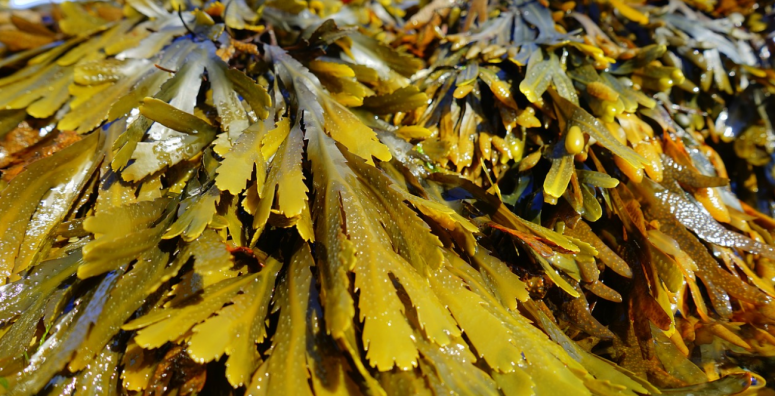
Growth hormones. Practically every process related to growth and development within plants is regulated by specialized chemical compounds called hormones. These hormones are found, and needed, in very small amounts, and differ from the hormones in humans. To differentiate between the two they are known as phytohormones.
The five hormones found in plants are auxins, cytokinins, gibberellins, abscisic acid, and ethylene. They can work together or independently of the others to influence plant growth.
Hormones that were in the cells of the kelp end up in the liquid seaweed fertilizer. When a plant is fertilized and given supplemental hormones this means they don’t have to spend energy on making them and can use the energy for other grow processes instead.
Amino acids. Amino acids play key roles both within plants and when found in the soil. Within the plant, they are used as building blocks for proteins and also play roles in primary and secondary metabolic processes. In other words, they control various aspects of plant growth and development. In the soil, they are used by microbes as a source of nitrogen and proteins to strengthen microbial colonies. Robust microbes help with nutrient uptake into the roots.
Bioactive carbohydrates. Complex polysaccharides not found in land plants are present in seaweed. Alginic acid reacts with metal ions in the soil to form large molecules that absorb water, swell in size, and improve the soil structure. Other carbohydrates, such as laminarin, signal the plant to turn on natural defense mechanisms to ward off pathogens.
Beneficial bacteria and fungi. All soils naturally contain bacteria and fungi that have symbiotic relationships with plants. Supplementing them via seaweed fertilizers helps promote plant and root growth and strengthen plant defenses. These bacteria also produce auxins, cytokinins, gibberellins, and anti-fungal metabolites to ward off fungal diseases. Beneficial fungi in the root zone help plants to use water more efficiently while also increasing disease and salinity resistance.
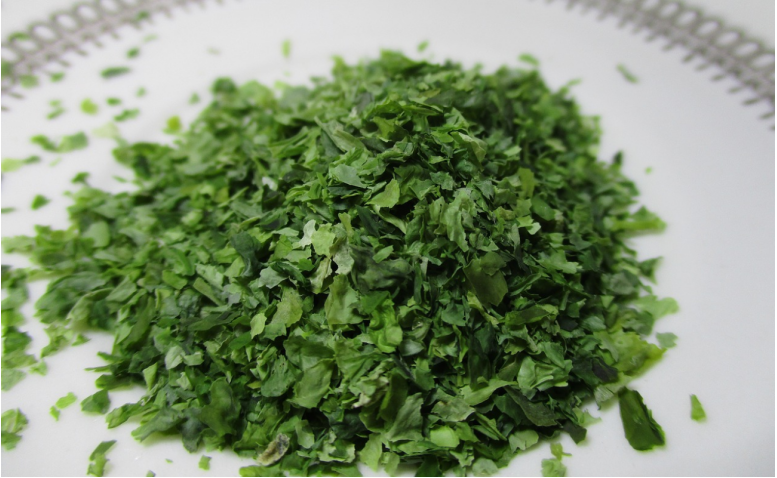
How to use it on your plants
Now that we’ve talked about why liquid seaweed fertilizers are so good for your plants, let’s talk about the specifics on how to use them.
Quality
To start off with, you want to look for a quality product that is the result of room temperature fermentation. When heat is used it affects the configuration of amino acids released and kills beneficial bacteria and fungi which decreases the overall biological activity of the end product.
Concentration
Commercially produced liquid seaweed fertilizers are highly concentrated and must be diluted prior to you to avoid damaging your plants. The rate of dilution depends on the type of plant you are fertilizing but for most garden plants, you should dilute it in 50 times the water as product. This usually equates to 4 or 5 tablespoons per gallon of water. For indoor plants use 1 tablespoon per gallon of water.
Application methods
Being a liquid product you can choose to apply it as a foliar spray to your plants in a couple of different ways. In all cases, you want to apply the liquid to the leaves until it starts to drip off.
● If you have small houseplants or herbs, mix it in a hand-held spray bottle and then mist the plants.
● You can also mix it in a watering can and then sprinkle the diluted solution over your plants.
● If you have a large planting area to cover, you can mix a larger amount of solution and then put it in a sprayer to apply.
When to use it and when to avoid using it
● Like all other fertilizers, it’s best to apply during the active growing season, regardless of if the plant resides outdoors or inside. Plants need growth to slow during the colder months; fertilizer will unnaturally break this dormancy.
● Use it to improve seed germination and early root growth by either soaking the seeds overnight in a dilute solution or spraying them just after planting.
● When repotting container plants, or planting container plants in the ground, after removing the root ball from the container spray it with liquid seaweed fertilizer to reduce the risk of transplant shock.
● There really aren’t many situations you should avoid using it, in my opinion. Liquid fish fertilizer can be known to taint the taste of tomato plants and other garden veggies, but liquid seaweed fertilizer doesn’t do that.
DIY
If you’re lucky enough to live in a coastal area, you are in luck! If you can locally collect your own seaweed you can save yourself the expense of buying a commercial seaweed fertilizer and make your own. It’s even better that the process itself is simple and doesn’t require any special, expensive equipment.
Just make sure there aren’t any local regulations in place that could get you in trouble for gathering seaweed off the beach!
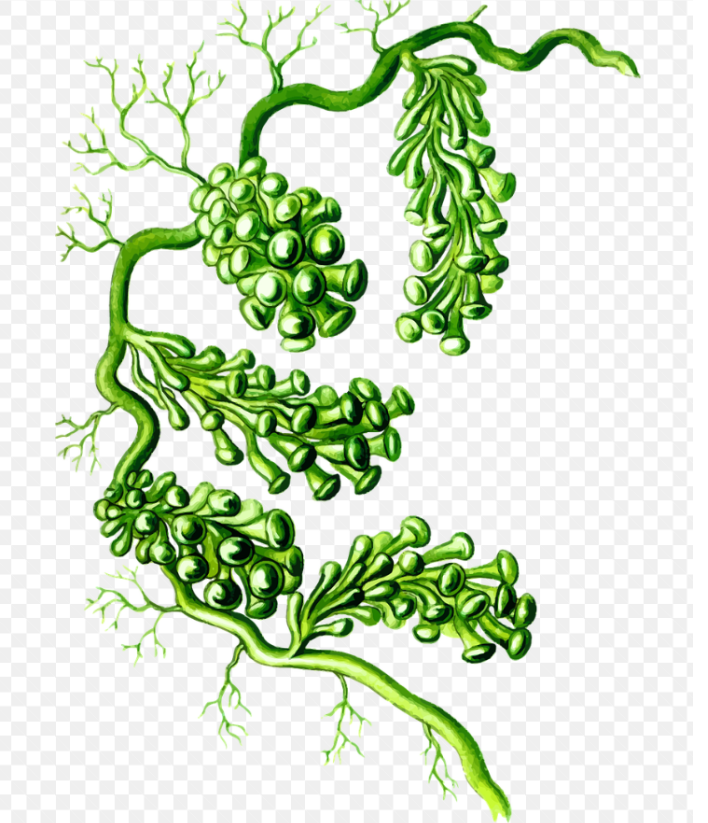
Supplies
● Seaweed
● Water
● Lidded, airtight container (a bucket is perfect)
Instructions
1. Head down to the seashore and collect a big bunch - or small if you prefer - of seaweed and bring it home.
2. Rinse it off to remove excess salt, sand/debris, and anything else that may have hitched a ride home from the beach with you.
3. Place the rinsed seaweed in the container, cover it completely with water, and then firmly snap the lid on.
4. Stick it out of the way and let it sit for a couple of weeks, or months if the temperature is cooler.
5. To use it, dilute one part to 10 parts water and then spray on plants in a fine mist or apply with a watering can until the liquid drips off the leaves.
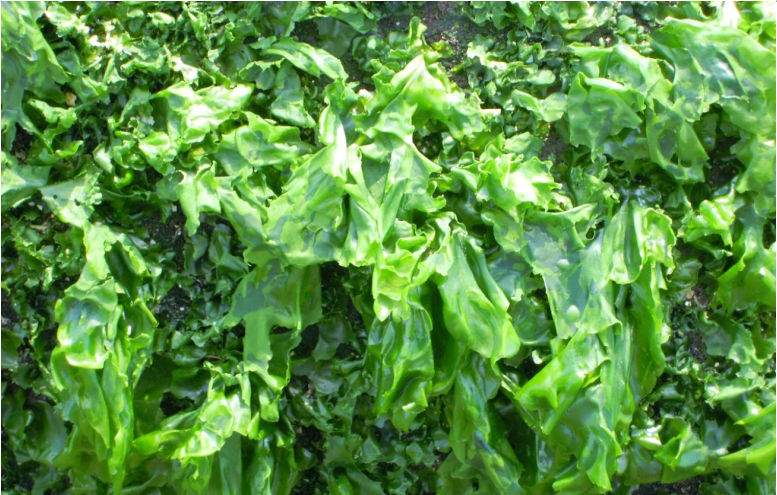
Storage
Because of the nature of the product, the shelf life is shorter than granular, inorganic products. To get the longest life out of your seaweed fertilizer store the concentrated product in a tightly closed container at room temperature, out of direct sunlight. Under these conditions, it will stay stable for a year.